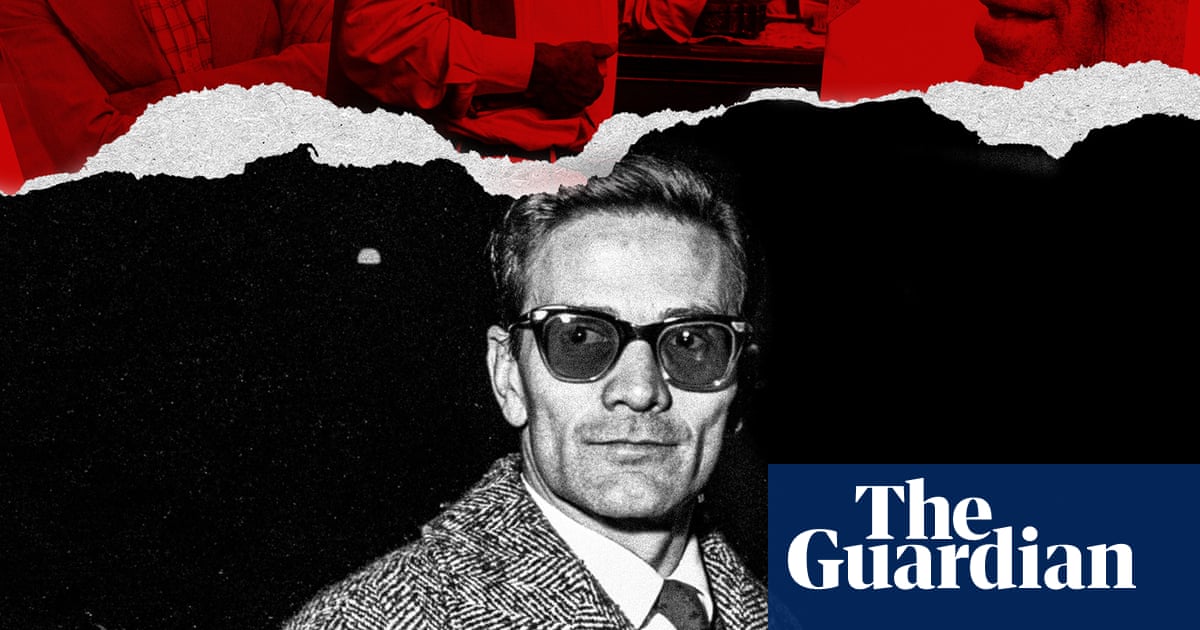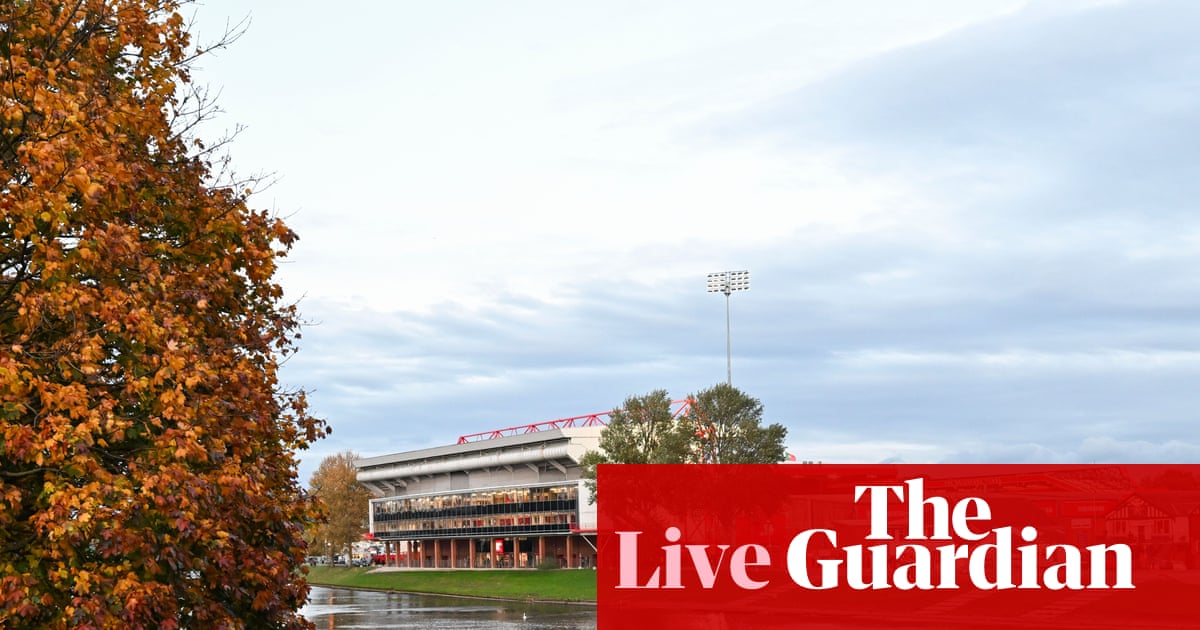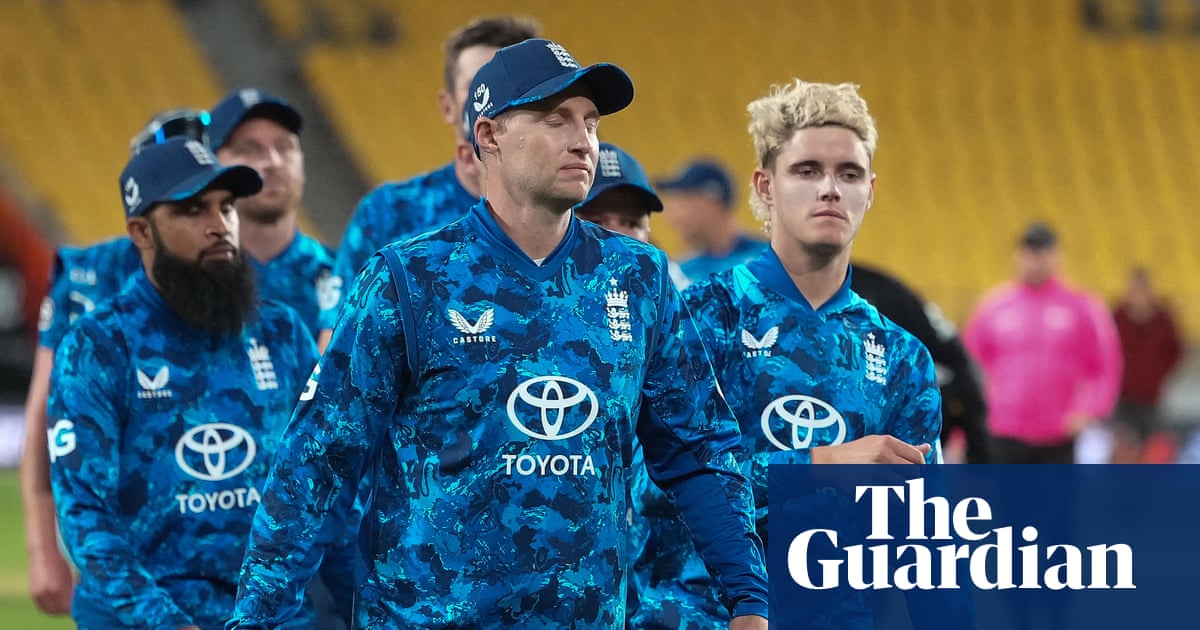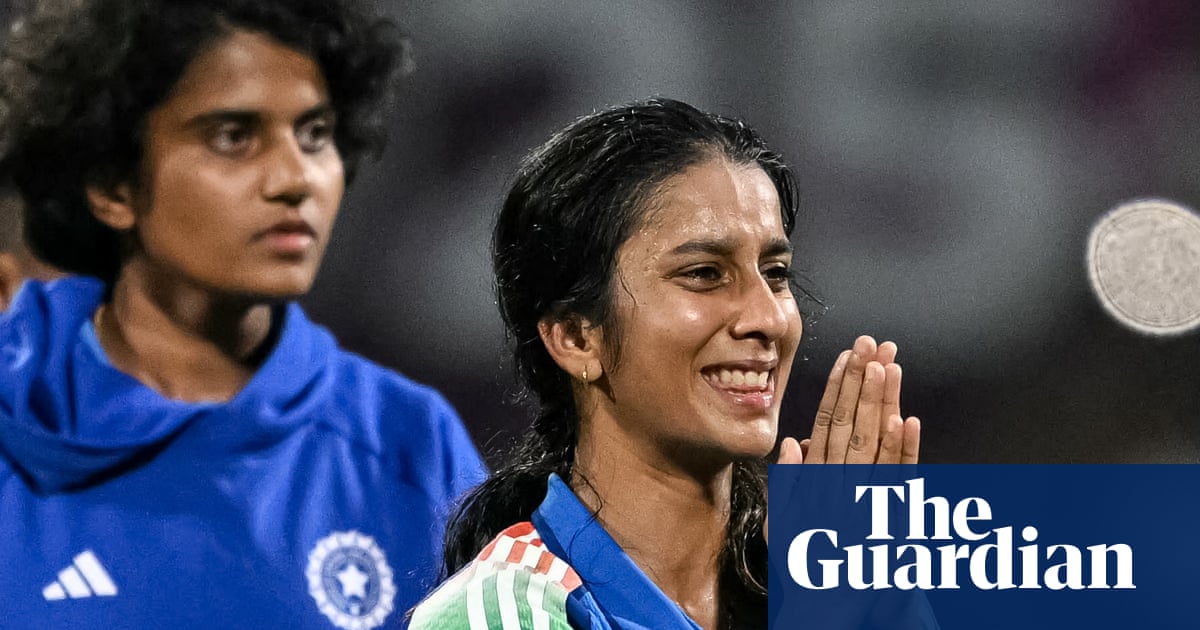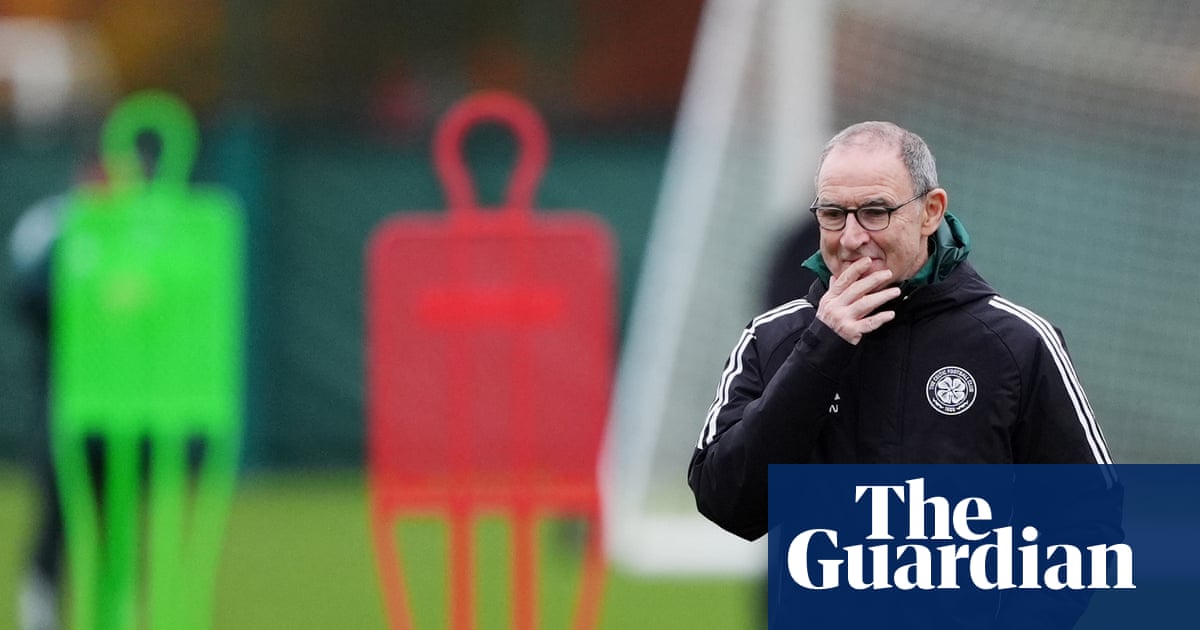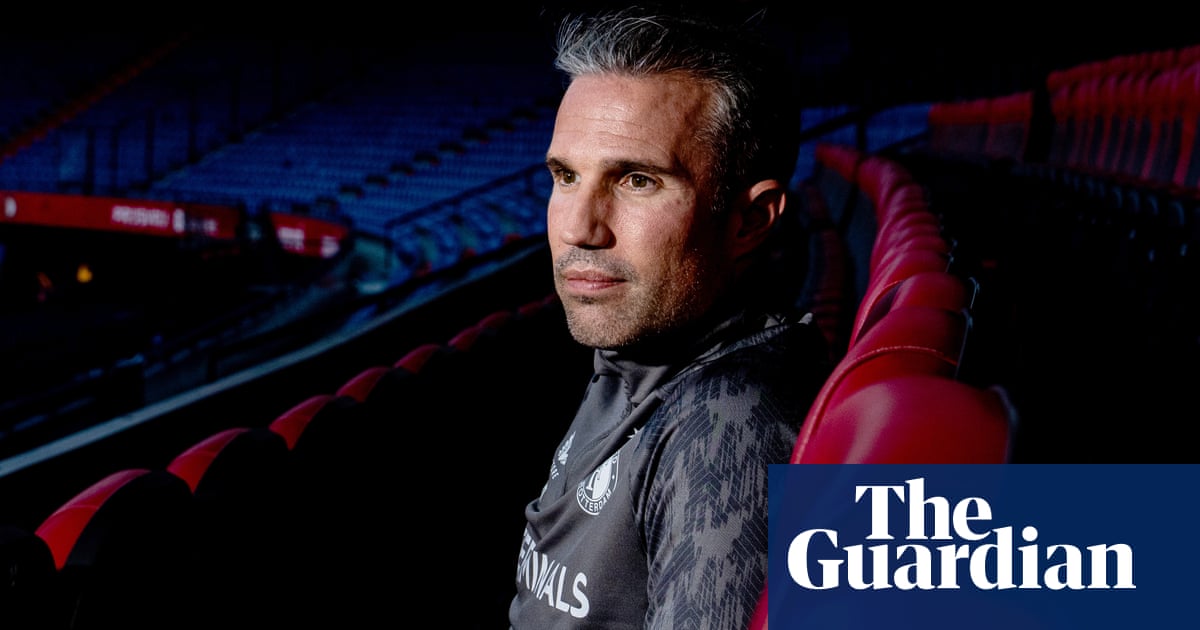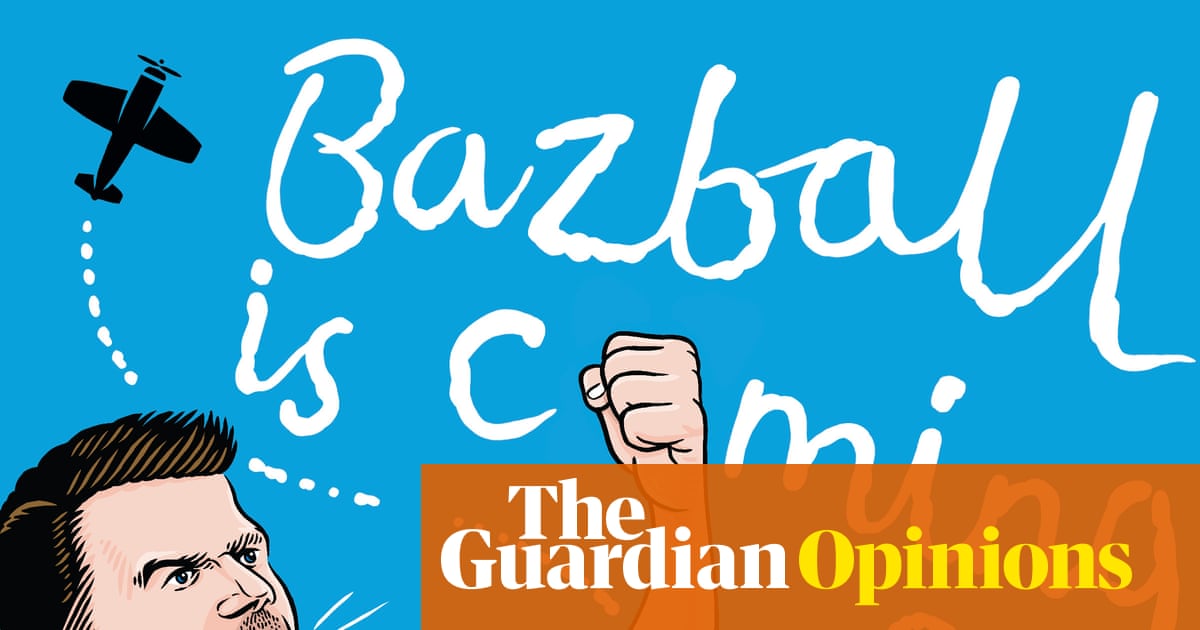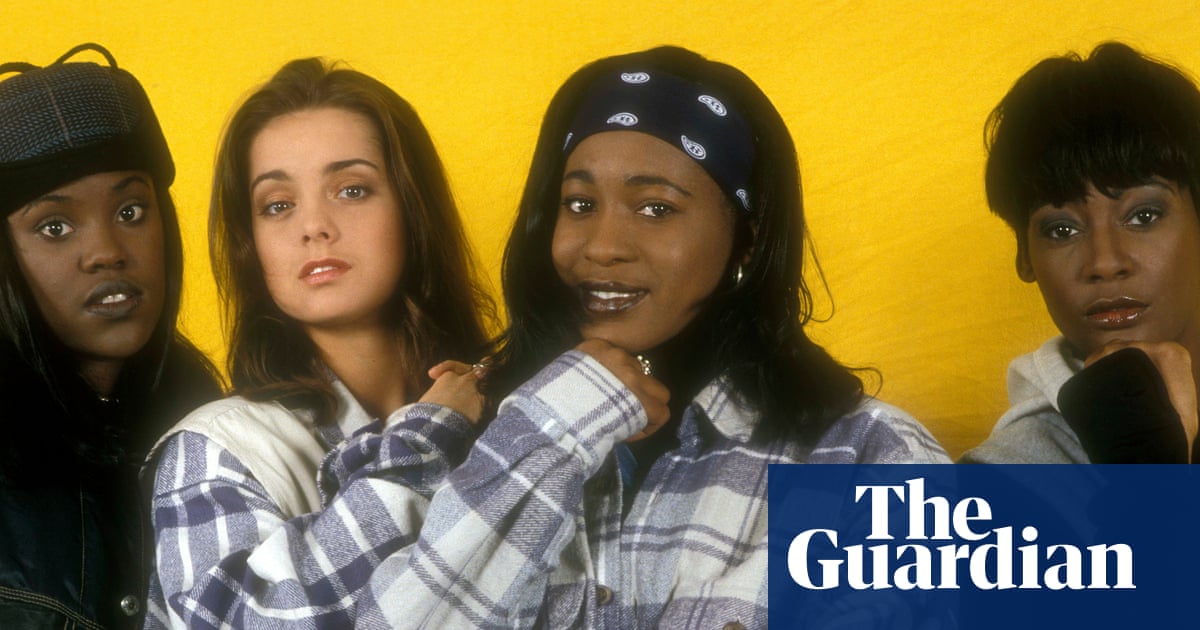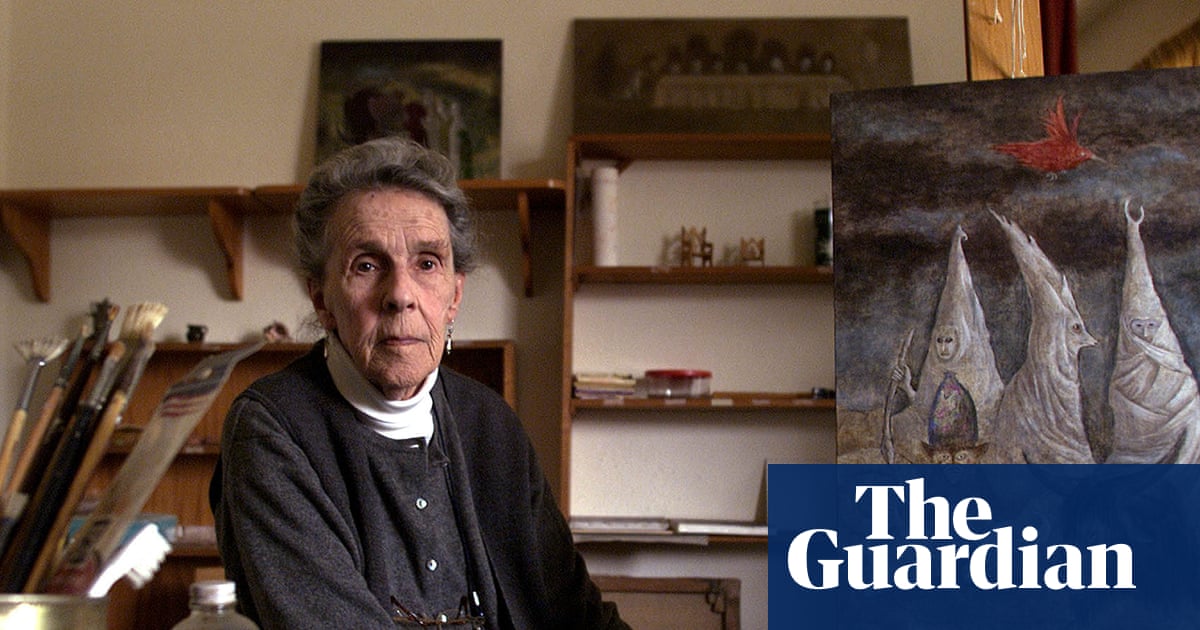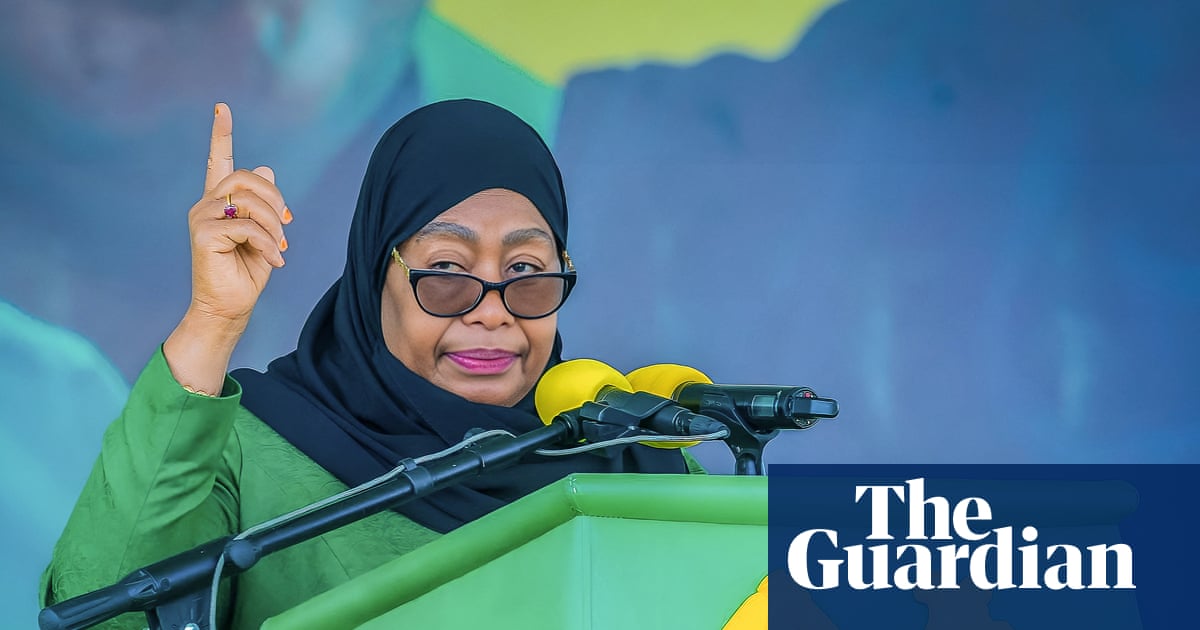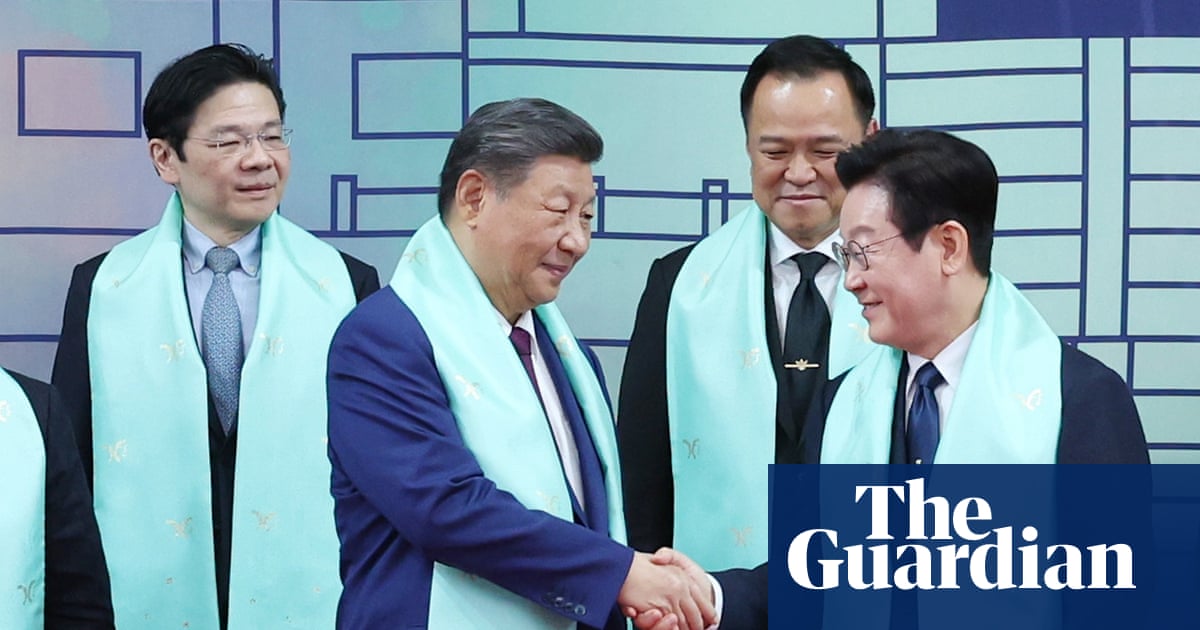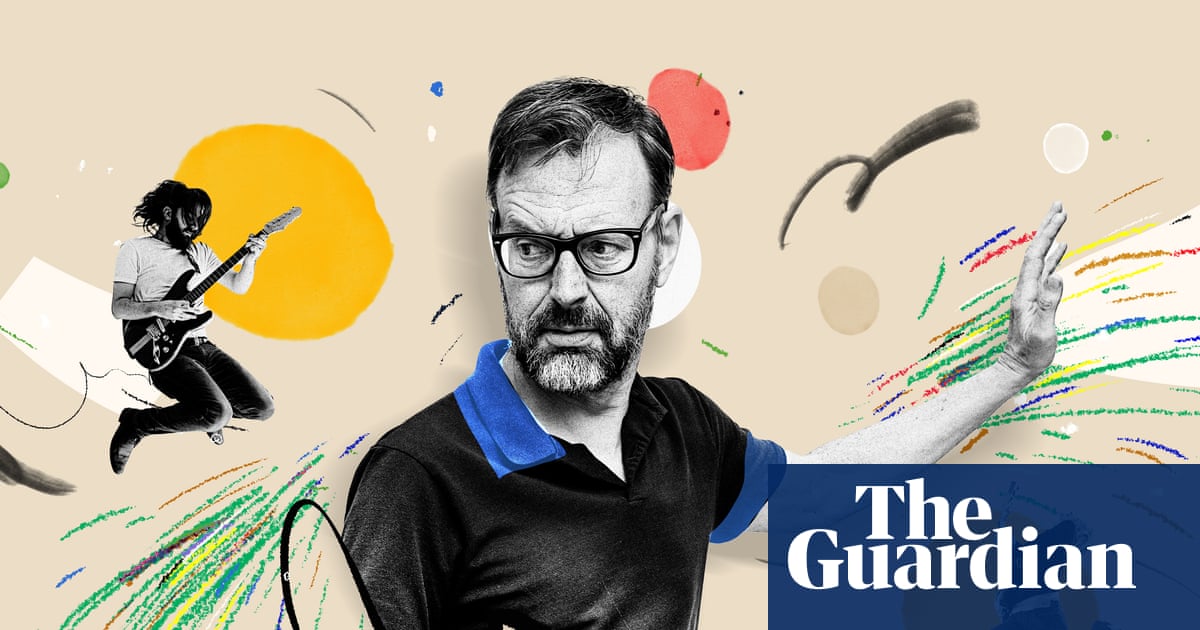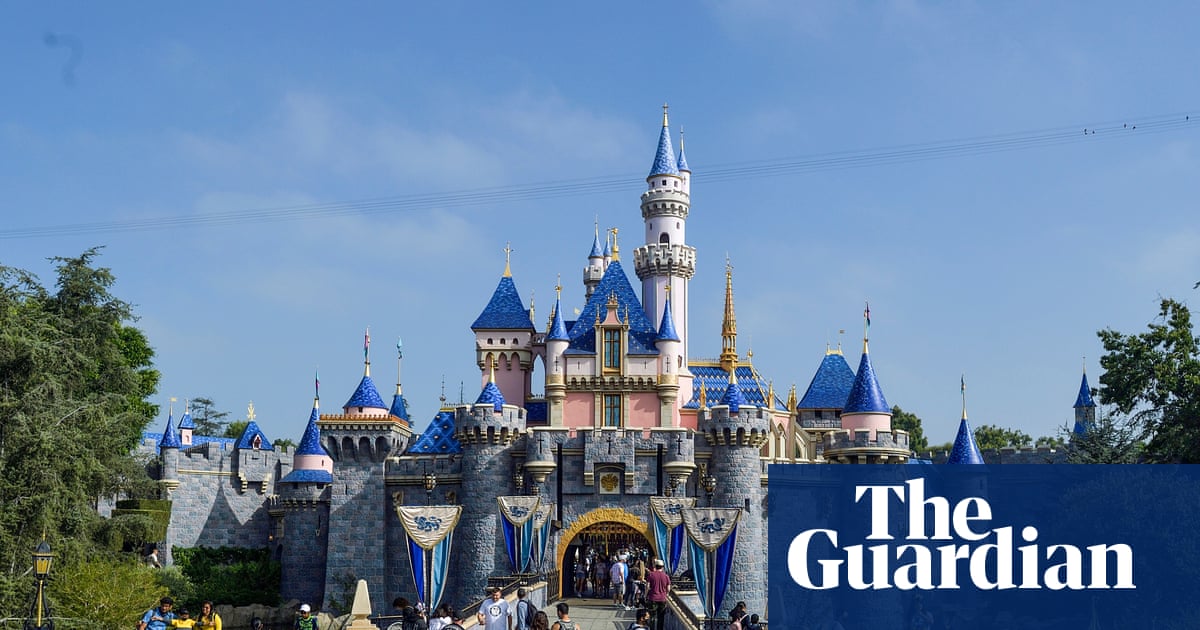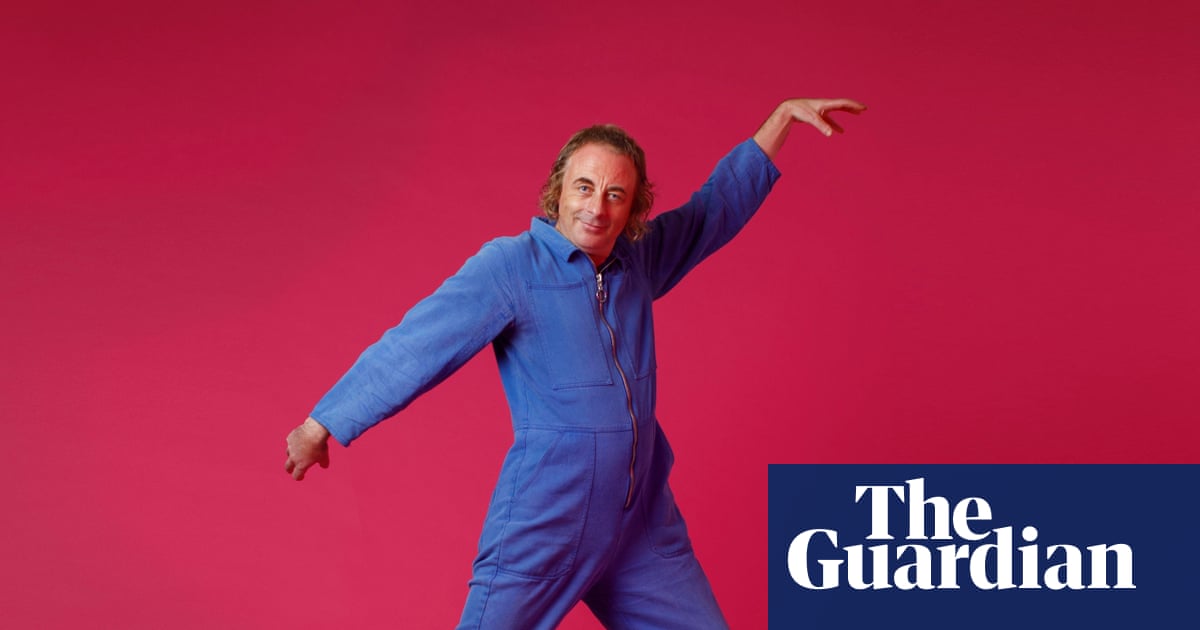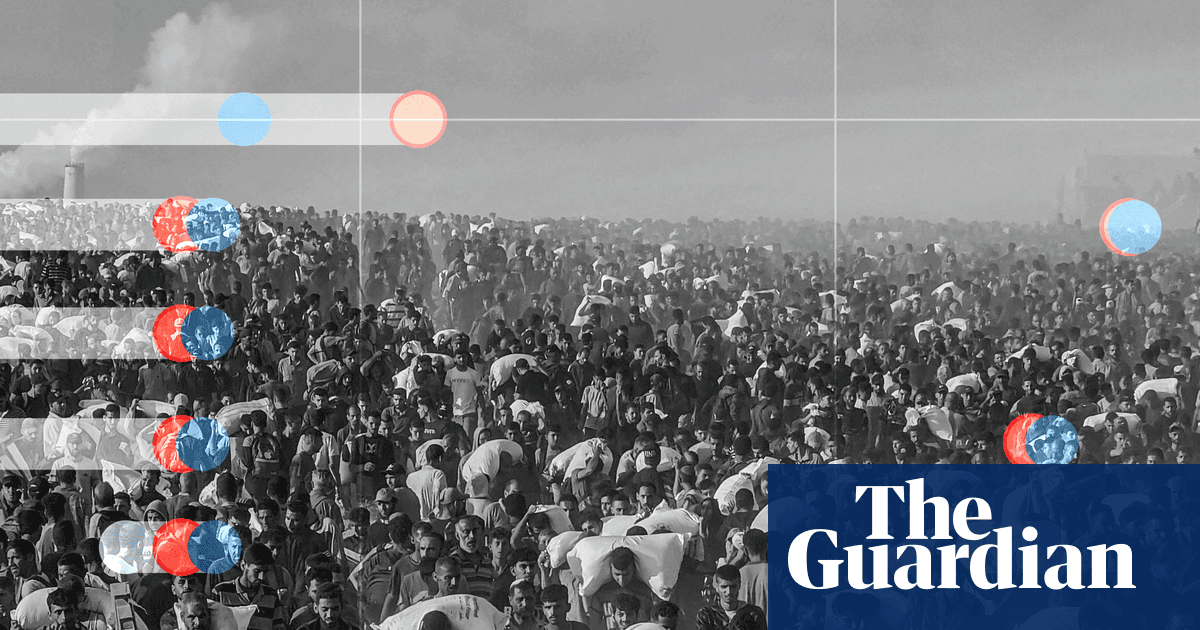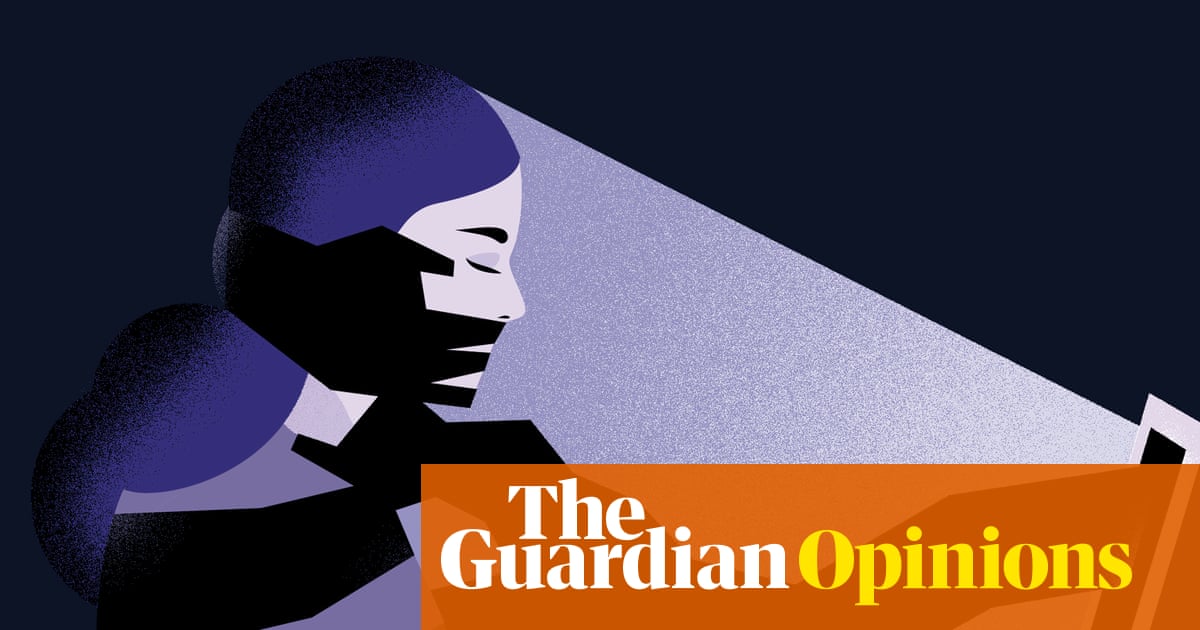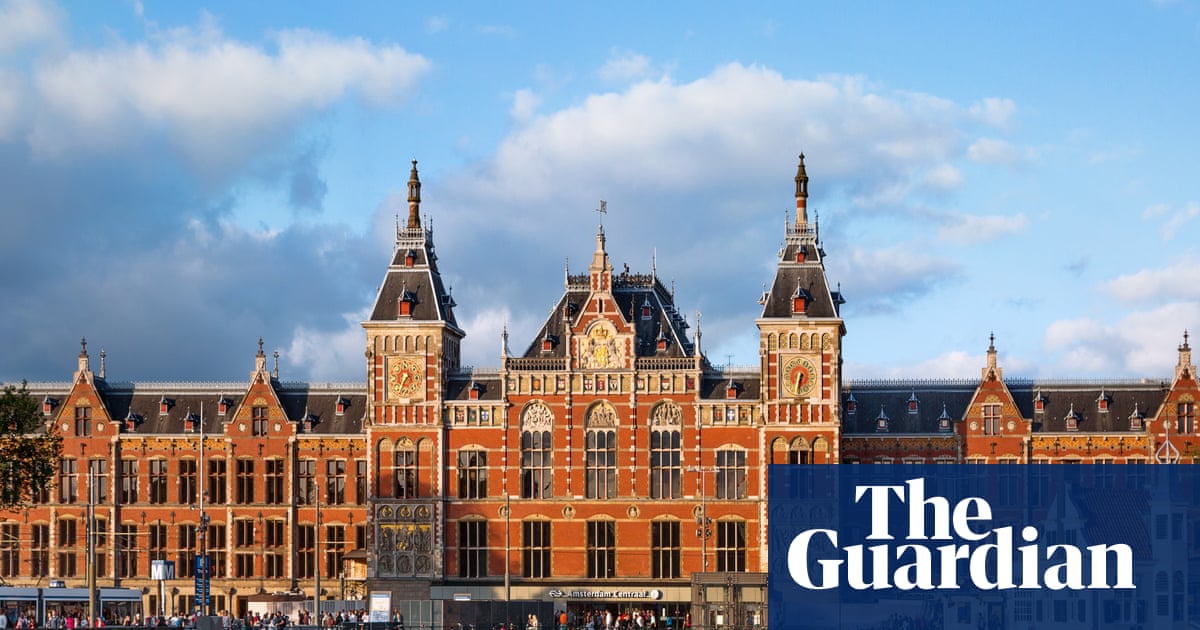Football is a market. It has always been a market and it is more of a market now than it has ever been before. Everybody is constantly looking for a better deal, and everybody has a price. Every club has its place in the ecosystem and those higher up the chain will always take from those below them, who in turn will take from those below them.
All a club can ever hope to do is to inch their way higher and higher in the structure, to increase the number of clubs they can feed on while reducing the number of predators who can feed on them.
It may be reassuring to think of the legendary servants, the one-club men of the past, but even the term “servants” betrays an uncomfortable truth. From 1885, when professionalism was legalised and the great clubs of the industrial north and Midlands began to acquire talent from Scotland, footballers have been a product to be traded.
From 1963, when the retain-and-transfer system was scrapped, and increasingly after the Bosman ruling of 1995, players have had agency, although even before that there were cases such as that of Wilf Mannion, who went on strike to try to force a move from Middlesbrough to Oldham.
Since financial fair play rules began to be introduced 15 years ago, preventing an owner splurging a fortune on elevating his side, the clubs climbing the ladder most successfully are those who have accepted their position within the hierarchy and traded accordingly. Brighton’s ascent to become a top-10 Premier League side has been based almost entirely on their ability to identify talent early and sell it at an enormous profit to Chelsea.
There remains a reluctance to be seen as a selling club, but other than Real Madrid everybody is a selling club now. Far better to be a selling club than a letting-a-player-run-down-his-contract-and-leave-on-a-free club. Clubs who will have regarded themselves as the elite, as destination clubs, have to accept that almost everybody is a stepping stone . Perhaps for those who are battling to return to the elite, who are not confident in their status, that is a difficult adjustment to make.
Which brings us to Alexander Isak. The dance of briefing and counter-briefing that has played out over the past couple of weeks has been fascinating and, frankly, a little baffling. If Isak wanted to leave Newcastle – and he was considering his future in the final weeks of last season – why wait until after Liverpool signed Hugo Ekitiké and Chelsea acquired Liam Delap and João Pedro, as well as for Arsenal’s move for Viktor Gyökeres to be at an extremely advanced stage, to make that public? Does the scarcity of centre-forwards on the market push his price up? Or does the fact that potential suitors have no burning need for a striker reduce it?
Understandably, Newcastle fans are reluctant to see the Swede go. He is, after all, probably the club’s best player since Alan Shearer. He is only 25; once upon a time it would have been possible to dream of him staying for the best part of a decade, scoring 200 goalsb.
Last season was the best Newcastle have known since the first Kevin Keegan era. They won the Carabao Cup, their first domestic silverware in 70 years, qualified for the Champions League and their line was led by one of the world’s most coveted strikers. It was possible to imagine a future when Isak was joined by players of similar stature.
But that is not how modern football works. Isak wants more: more money (and his £120,000-a-week salary does seem below the market rate) and a more consistent chance of winning trophies. Newcastle could hang on to him, hope he does not succumb to bitterness and try to add further stars.
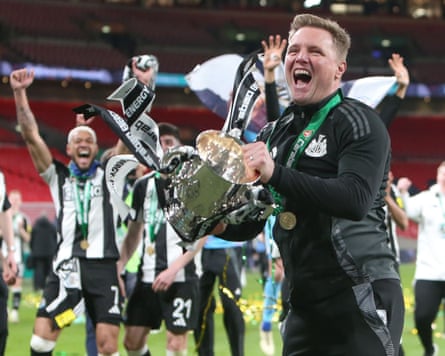
Or they could take £140m and invest it in strengthening the squad as a whole, accumulating more assets who can be sold at a profit so more can be bought, driving their ascent. It is cold and mercantile, it is far from the romance many would like to see in the game, but it is also the reality.
after newsletter promotion
There are two problems. First, the sense of loss if Isak goes, which is particularly acute for a fanbase that still carries the collective memory of the departures of Chris Waddle, Peter Beardsley and Paul Gascoigne in the 80s and the fear that the Saudi Public Investment Fund may essentially turn out to be the habitually beleaguered Stan Seymour in disguise. Isak is not the only Newcastle player pondering his future and there is a danger his departure is the start of a mini-exodus.
Second, there is a lack of faith that the club is equipped to make the most of such a windfall. Paul Mitchell left this summer after a year as sporting director and although Jack Ross has been appointed as head of football strategy and Sudarshan Gopaladesikan as technical director, with Ross Wilson likely to be named as sporting director soon, it is unreasonable to expect anybody taking up a role in July to coordinate a coherent transfer strategy for a window that closes on 1 September, particularly with Darren Eales stepping down as chief executive because of illness.
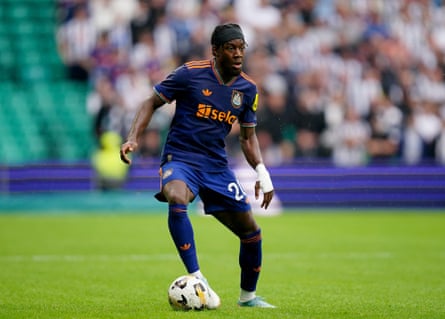
There has already been disquiet about a lack of incoming players, with Anthony Elanga the only senior signing to date as Newcastle have missed out on a number of targets, most recently James Trafford, who preferred to rejoin Manchester City.
Although plans are being drawn up for a new stadium, there were fears last season that Newcastle might be the victims of a more general Saudi retrenchment. Meeting profitability and sustainability rules remains a check on expenditure, but with Champions League football this season there were reasons to expect the budget to be a little more generous.
Instead, there is a sense of drift. In part that is misfortune, given the illnesses suffered by Eales and Amanda Staveley, who sold her stake in the club last summer. But the appointment of Mitchell never seemed a comfortable fit and the result is a vacuum. Last season was supposed to be the beginning of a glorious future for Newcastle; the fear within the frustrations of the past few weeks is that it was actually a summit.

 3 months ago
46
3 months ago
46
